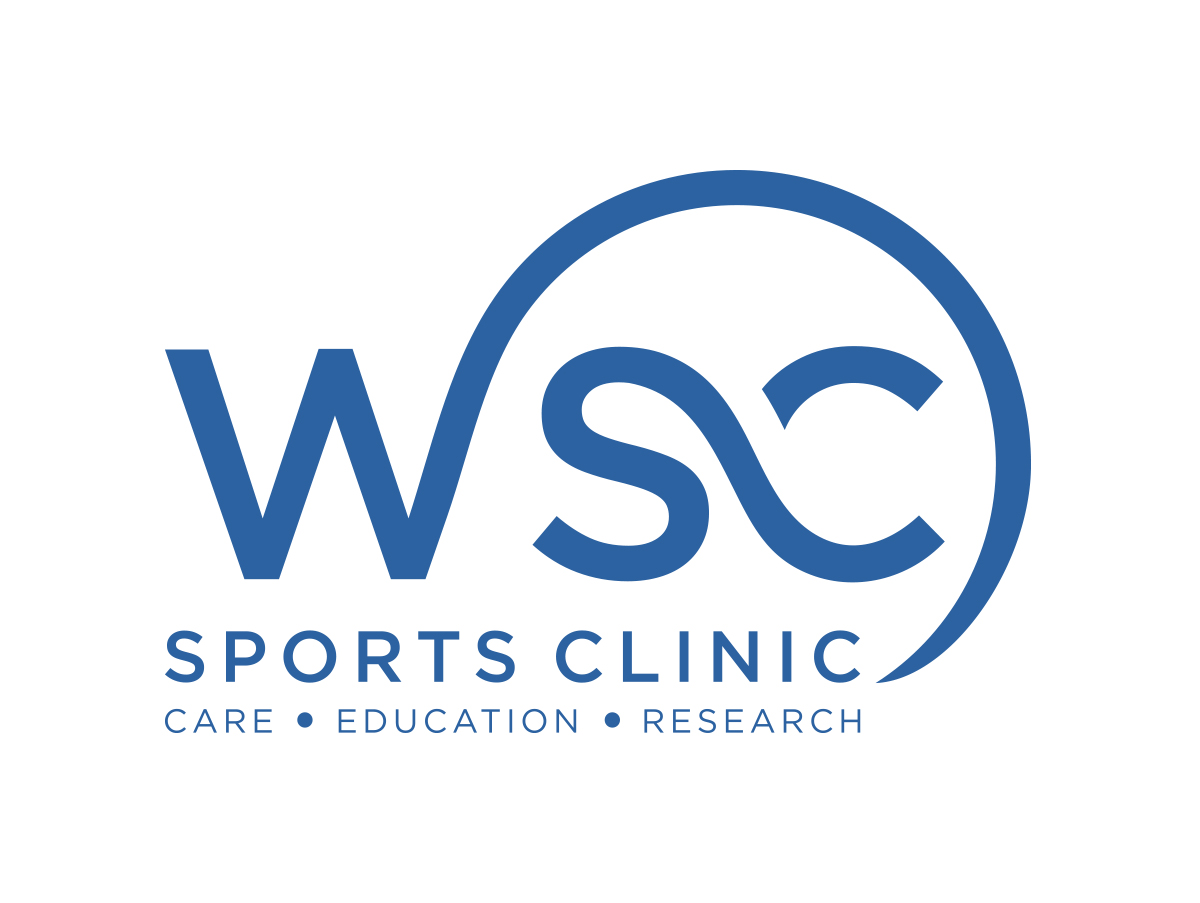
Context: Rotator cuff weakness and rotation ratio imbalances are possible risk factors for shoulder injury among overhead athletes. In consensus statements, organizations have highlighted the importance of a screening examination to identify athletes at risk of injury. The screening should be portable and designed to be feasible in many different environments and contexts.
Objective: To evaluate the reliability and validity of the Self-Assessment Corner (SAC) for self-assessing shoulder isometric rotational strength and examining whether performance on 2 physical performance tests was correlated with isometric shoulder rotational strength using the SAC in handball players.
Design: Cross-sectional study.
Setting: Sport setting.
Patients or other participants: A first sample of 42 participants (18 men, 24 women) was recruited to determine the reliability and validity of the SAC. In a second sample of 34 handball players (18 men, 16 women), we examined correlations between physical performance tests and the SAC.
Main outcome measure(s): The SAC was used to measure isometric rotational strength with the upper extremity at 90° of abduction in the frontal plane and 90° of external rotation and the elbow flexed to 90° with neutral rotation of the forearm. The SAC findings were compared with those from manual testing. Results from the seated medicine ball throw (SMBT) and closed kinetic chain upper extremity stability test (CKCUEST) were used to establish relationships with the SAC. We calculated intraclass correlation coefficients to determine relative reliability and used standard error of measurement and minimal detectable change to quantify absolute reliability. Relationships among the different strength-testing procedures and with the physical performance tests were determined using the Pearson product moment correlation coefficient (r) or Spearman rank correlation coefficient (rs).
Results: We observed good to excellent reliability (intraclass correlation coefficient [2,k] range = 0.89 to 0.92). The standard error of measurement varied from 3.45 to 3.48 N. The minimal detectable change with 95% confidence intervals ranged from 8.06 to 8.13 N. Strong correlations were present among strength procedures (r = 0.824, rs range = 0.754-0.816). We observed moderate to strong correlations between the CKCUEST findings and rotational strength (r range = 0.570-0.767). Moderate correlations were found between rotational strength and SMBT (r range = 0.573-0.626).
Conclusions: The SAC is a clinically applicable and standardized protocol for self-assessing rotational strength in young healthy adults without pathologic conditions. Performance on the SMBT and CKCUEST may be valuable as a screening tool to further assess shoulder strength.
